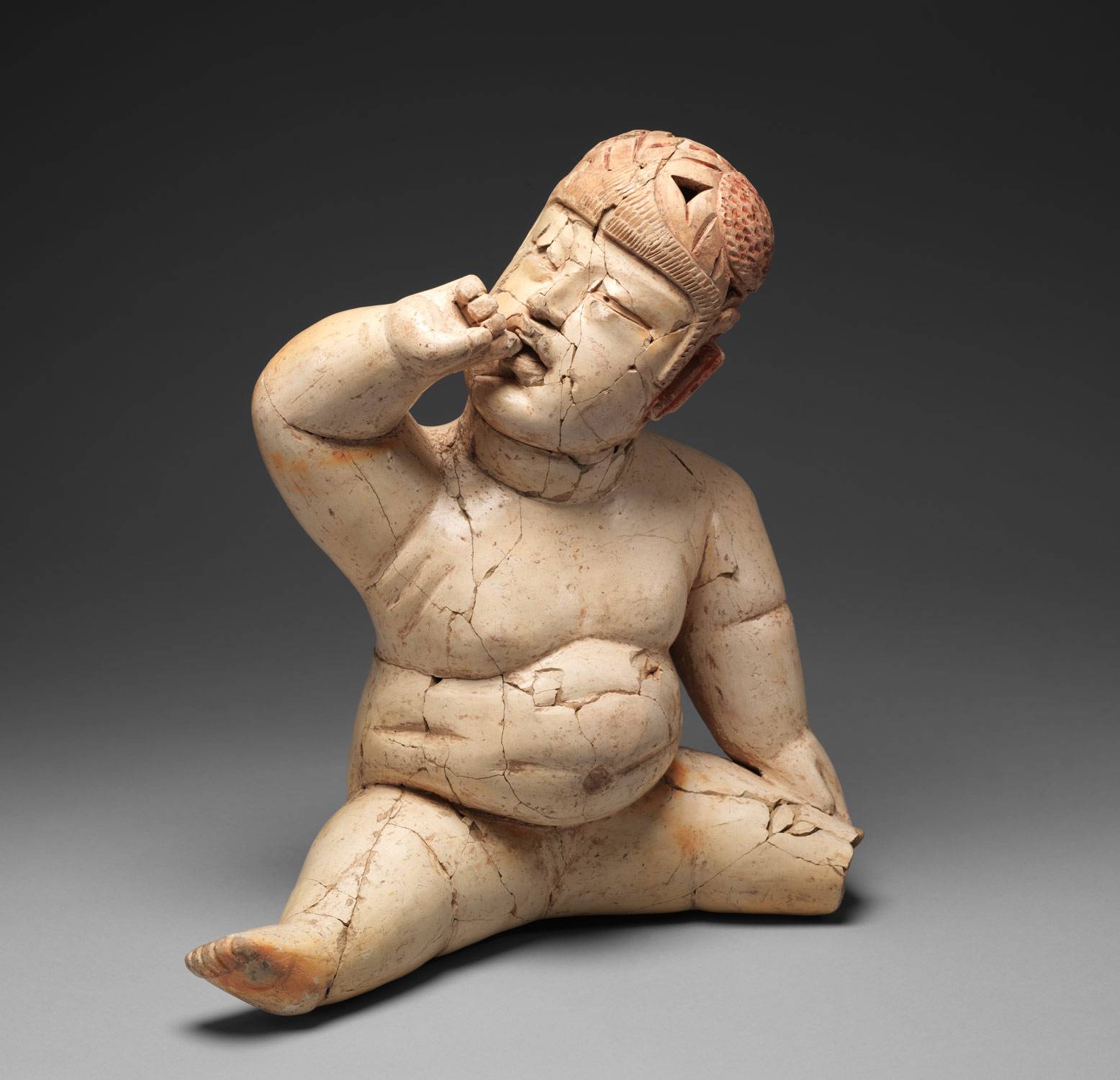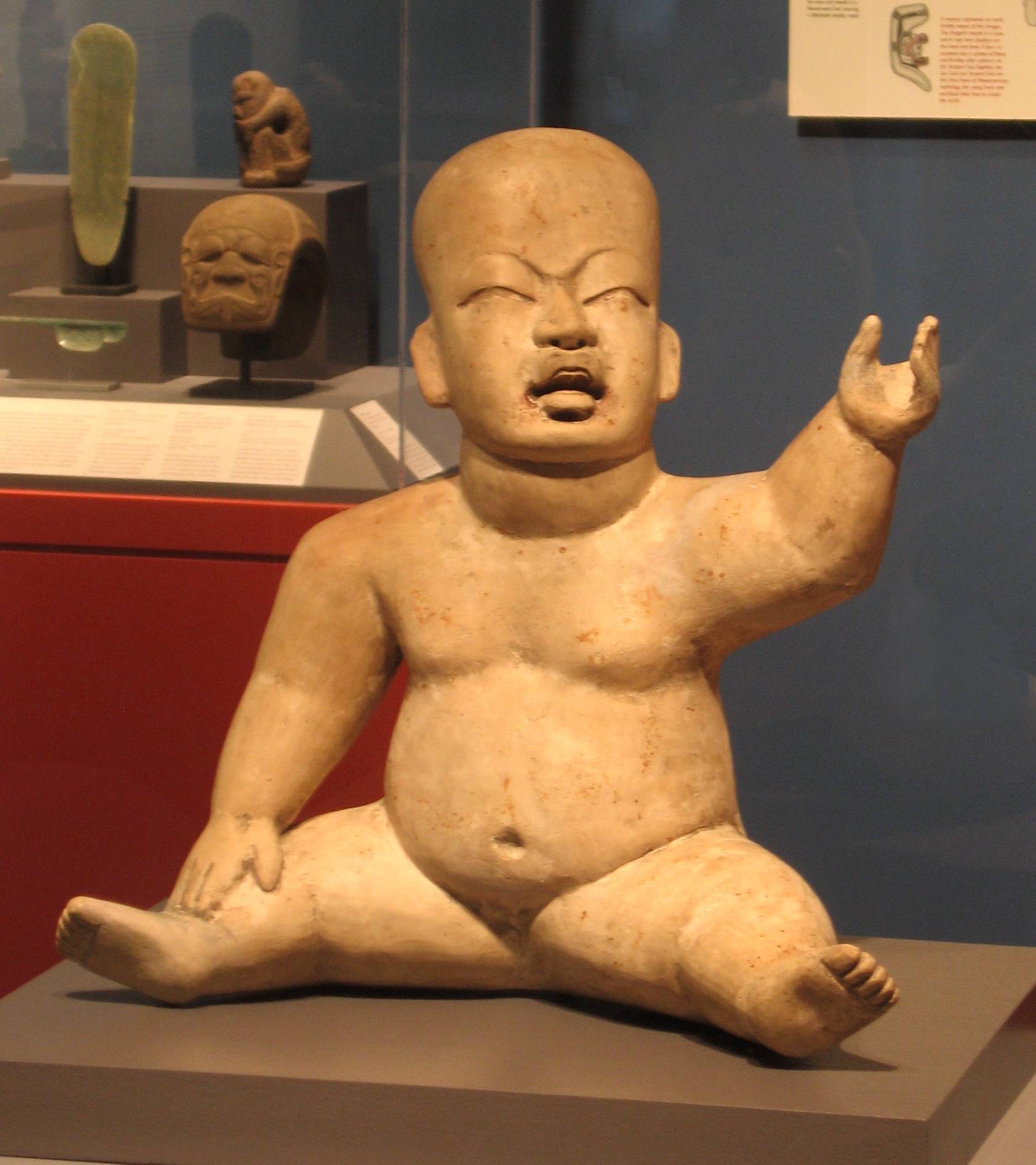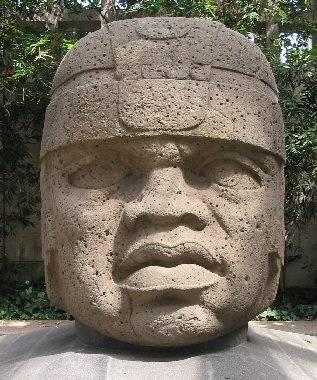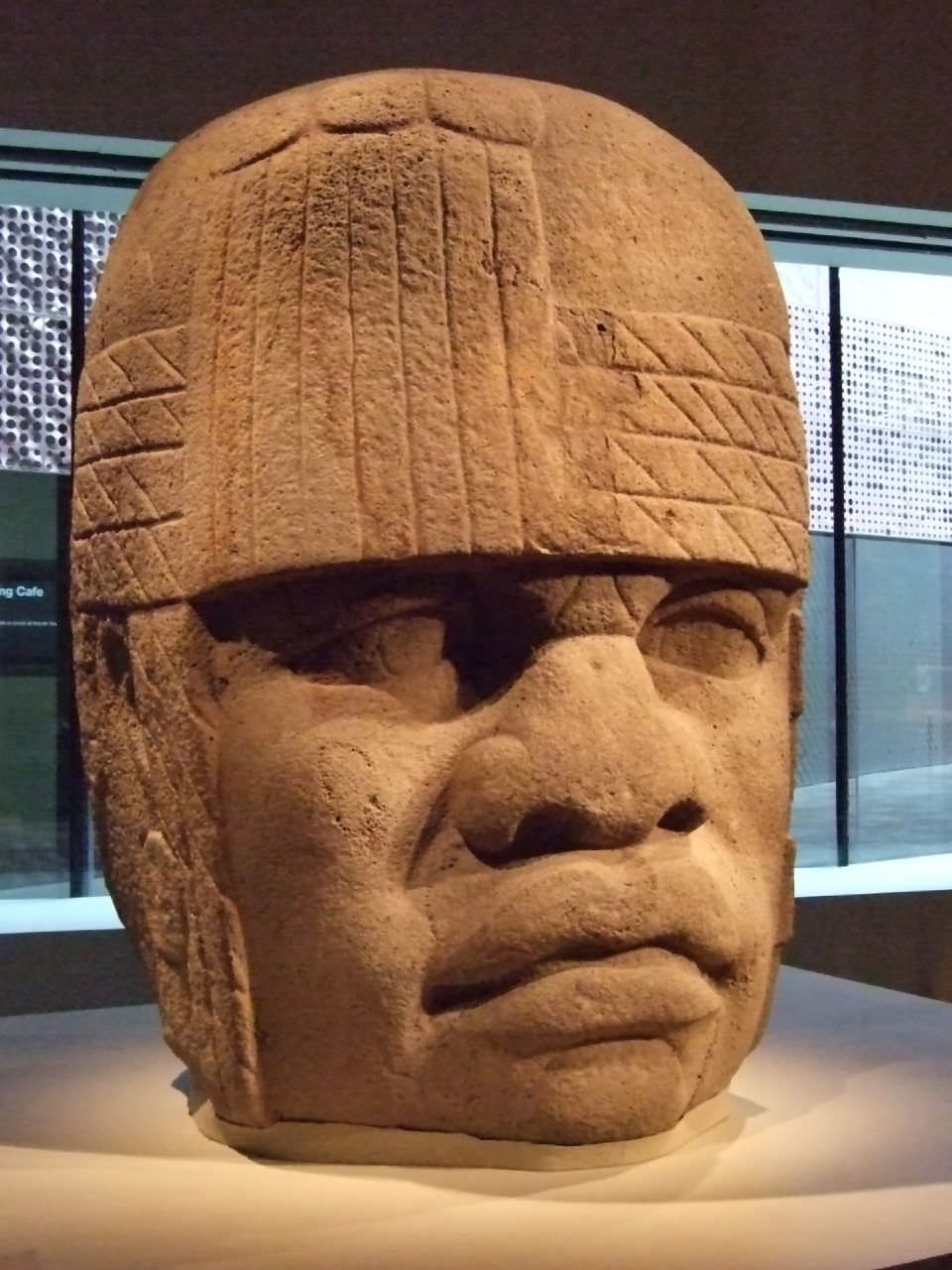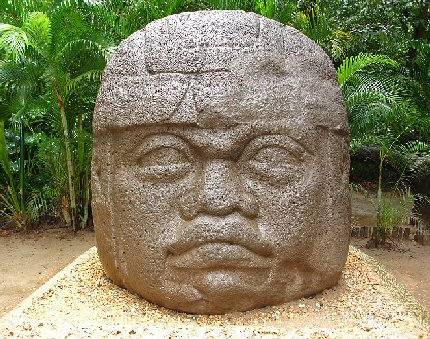- Dec 8, 2013
- 22,709
- 16,929
- 2,415
- Thread starter
- #41
What would your theory be as to why they would not have grown such valuable crops in Egypt instead of setting off on great journeys to bring it back from the Americas?Can I get a link for that?The coca wasn't completely verifiable. The only chemical from that mummy that 100% verifiable was nicotine. Egypt had nicotine. They just didn't have Tobacco.
First, it's not just one isolated, contaminated mummy. Second, it was coca AND nicotine and it was found in the lungs and stomach of the mummies. It's obvious, the Egyptians traded with the Americas.
There's a link from Wiki that covers this
Pre-Columbian trans-oceanic contact theories - Wikipedia
"A television show reported that examination of numerous Sudanese mummies undertaken by Balabanova mirrored what was found in the mummy of Henut Taui.[120] Balabanova suggested that the tobacco may be accounted for since it may have also been known in China and Europe, as indicated by analysis run on human remains from those respective regions. Balabanova proposed that such plants native to the general area may have developed independently, but have since gone extinct.[120]Other explanations include fraud, though curator Alfred Grimm of the Egyptian Museum in Munich disputes this.[120] Skeptical of Balabanova's findings, Rosalie David, Keeper of Egyptology at the Manchester Museum, had similar tests performed on samples taken from the Manchester mummy collection and reported that two of the tissue samples and one hair sample did test positive for nicotine.[120] Sources of nicotine other than tobacco and sources of cocaine in the Old World are discussed by the British biologist Duncan Edlin.[121]"
I can imagine that coca and nicotine were worth a fortune to the Egyptians.
Not on topic, but evidence of travels pre-Columbus is: 1421. The book is combination of detective story and historic novel and complies a massive amound or evidence, artifacts and DNA to back up its main thesis
New PBS Documentary, "1421: When China Discovered the World," Re-writes Global History in 2004 | PBS About
There is no historical data that shows that those things were grown anywhere in Africa prior to 1492. Unless, there is something.
Even if there was something, then those crops would have been abundant enough that there would be NO QUESTION. Meaning, those things would have certainly been cultivated and grown on a rather mass scale.
Right?
Something about it is missing and does not make sense in regards to the notion that those things were brought to Africa from the Americas.
Also, if they did do that on a regular basis and they decided the most efficient way was to import it and not cultivate it, and those things were brought to Egypt on a rather regular basis, then how did it take so long for so many to not know about the missing continent?
There are aspects about the mummies being buried with these things that are not fitting logically. Those are just two things.
Why aren't we growing coca and tobacco everywhere?


They are both grown in plentiful abundance all over the world.

